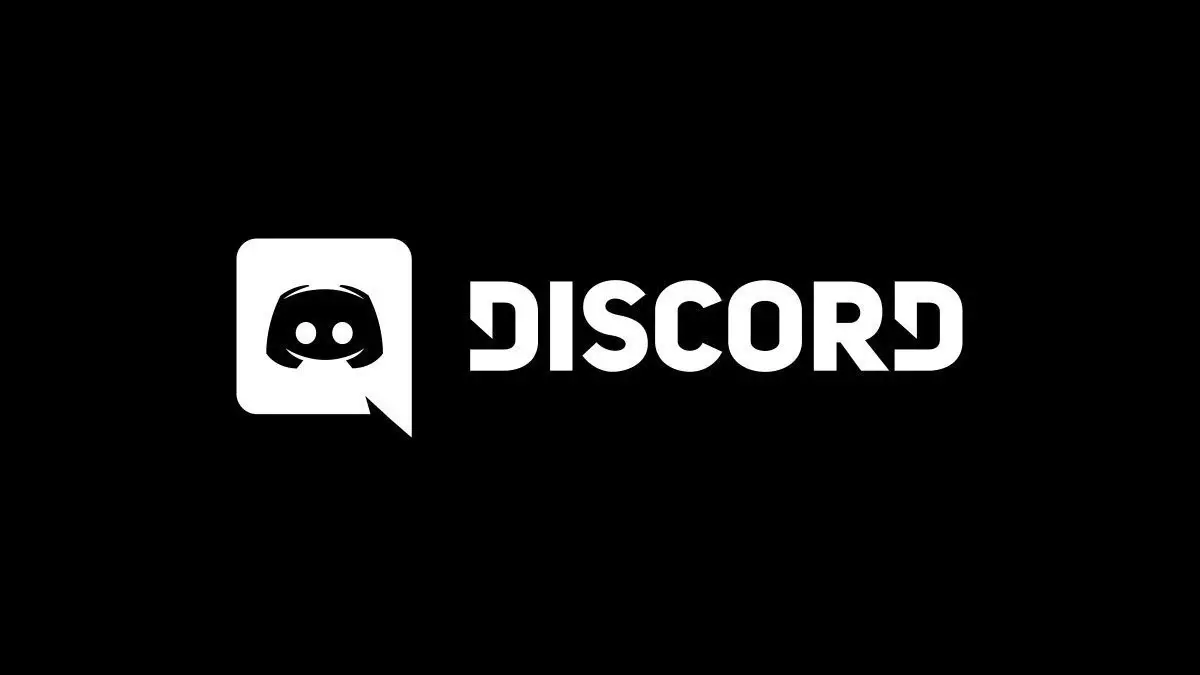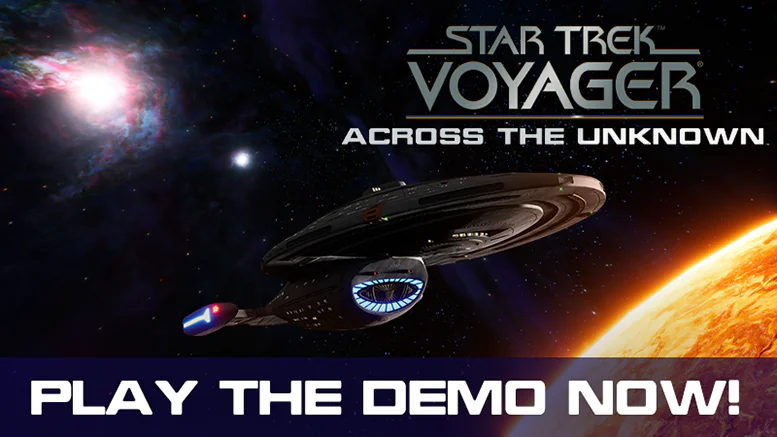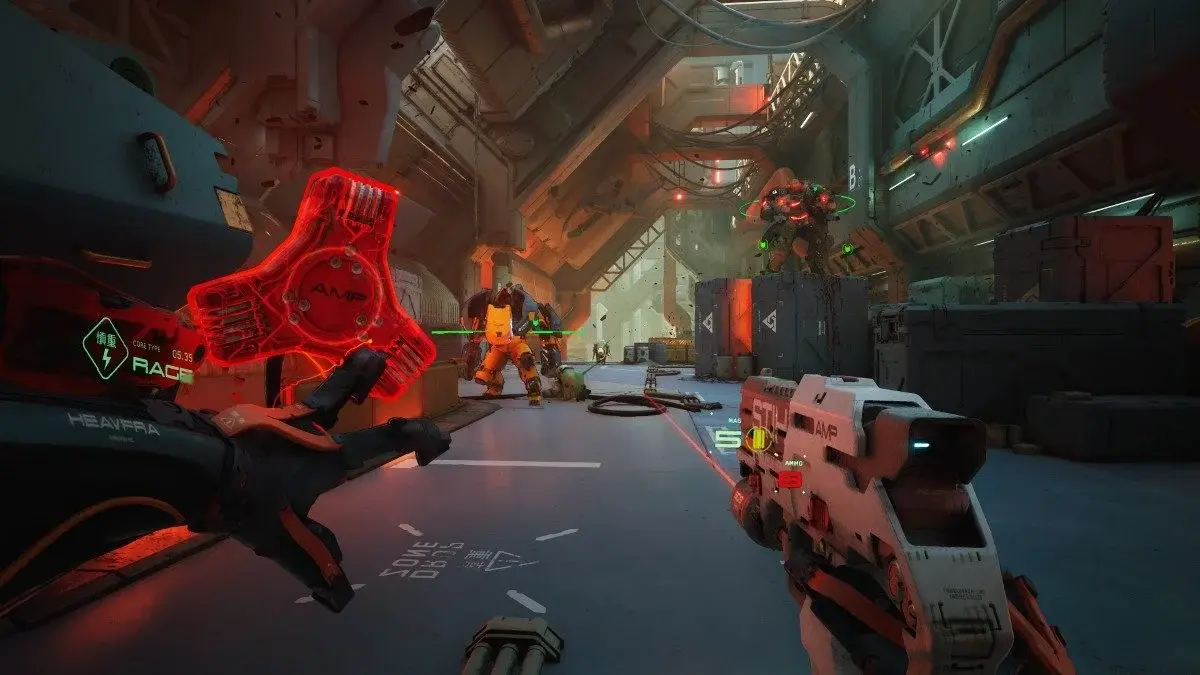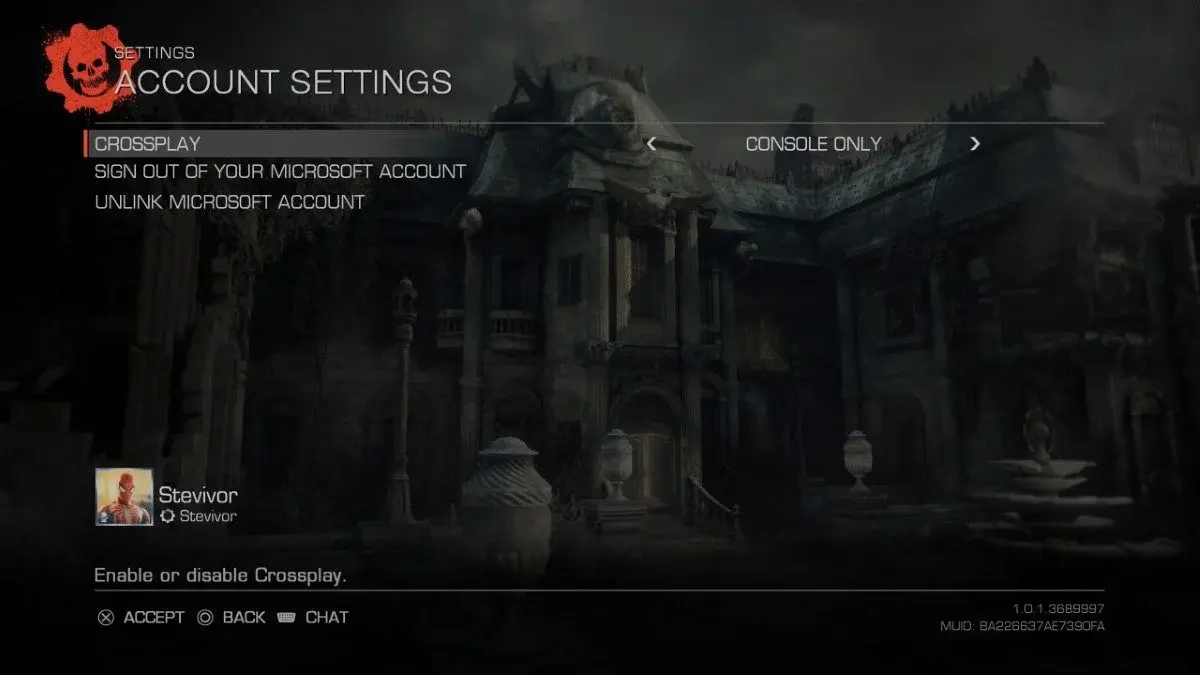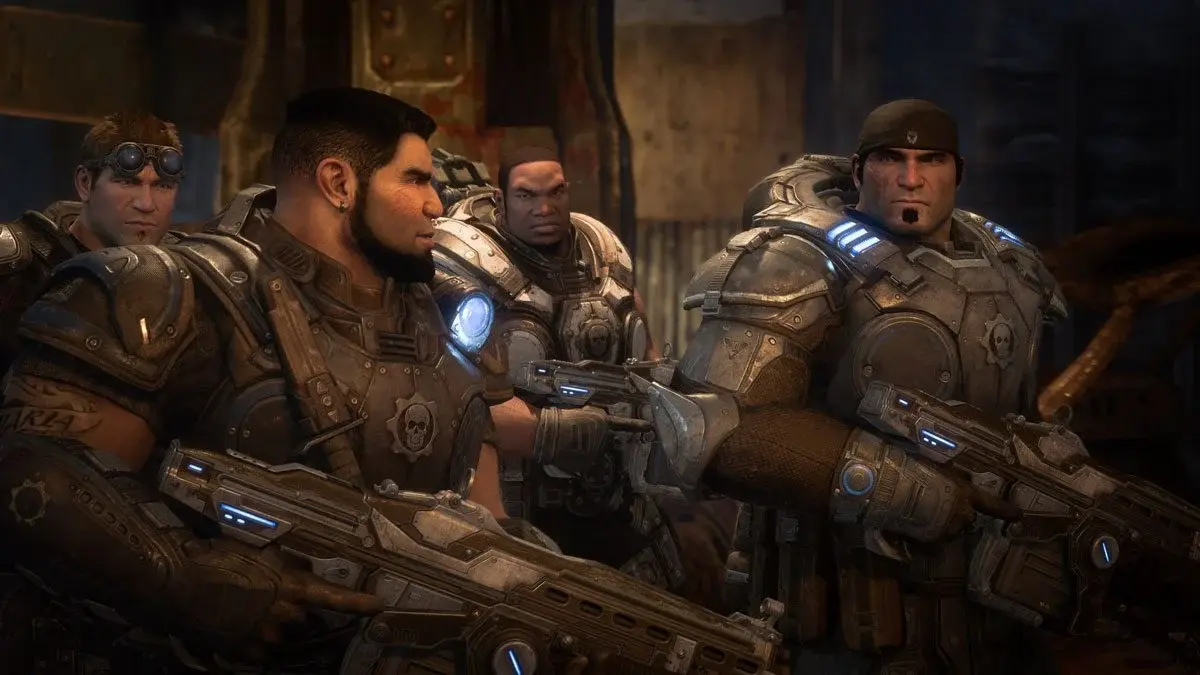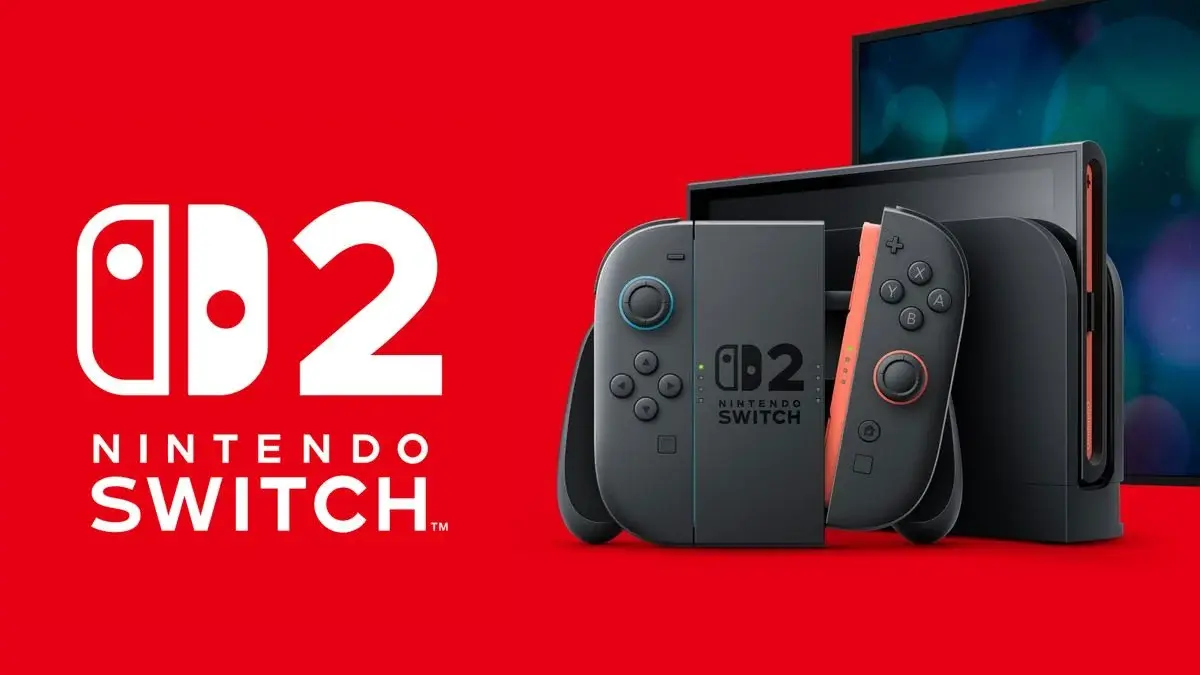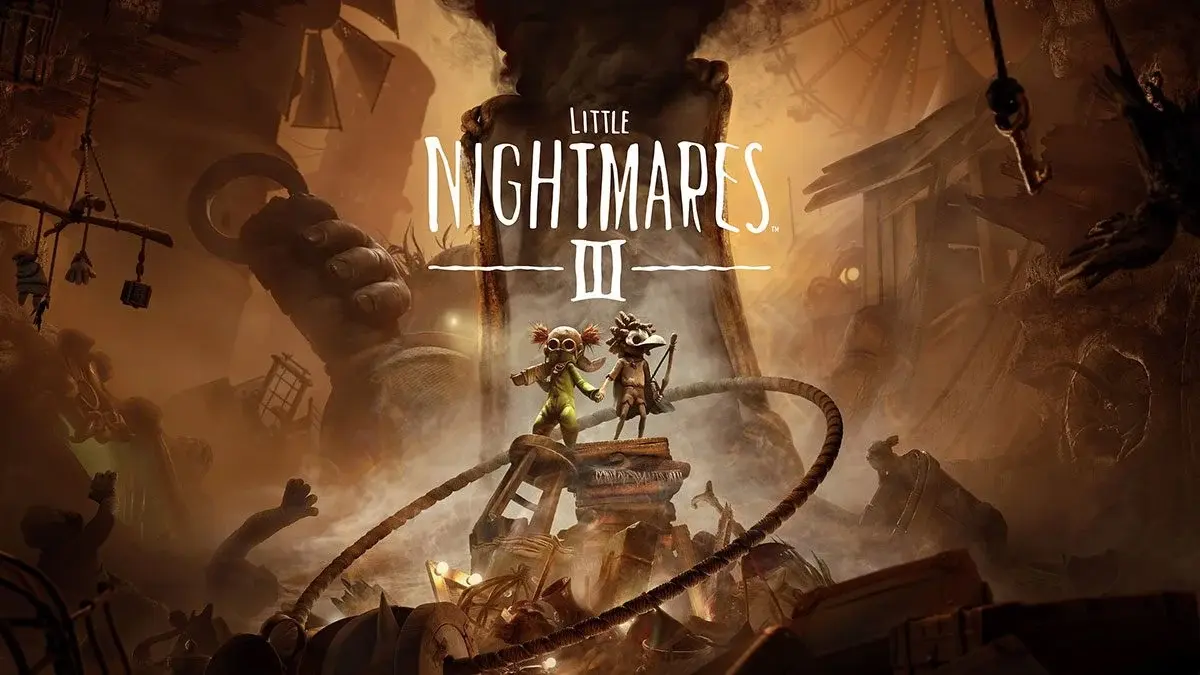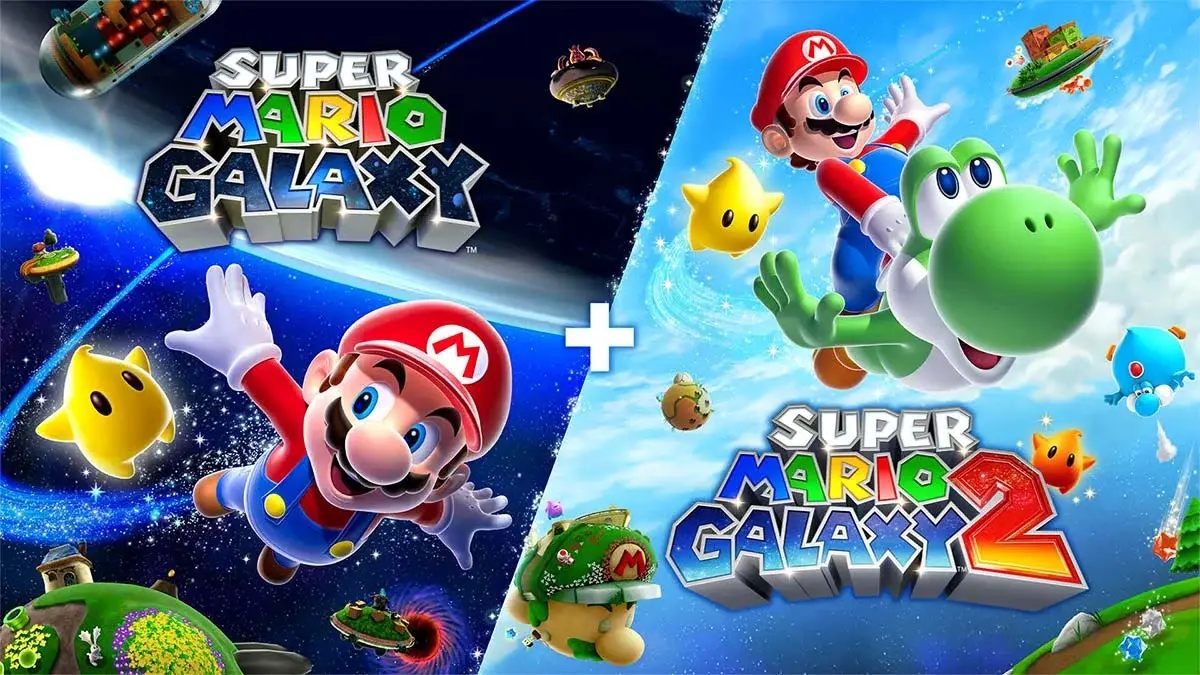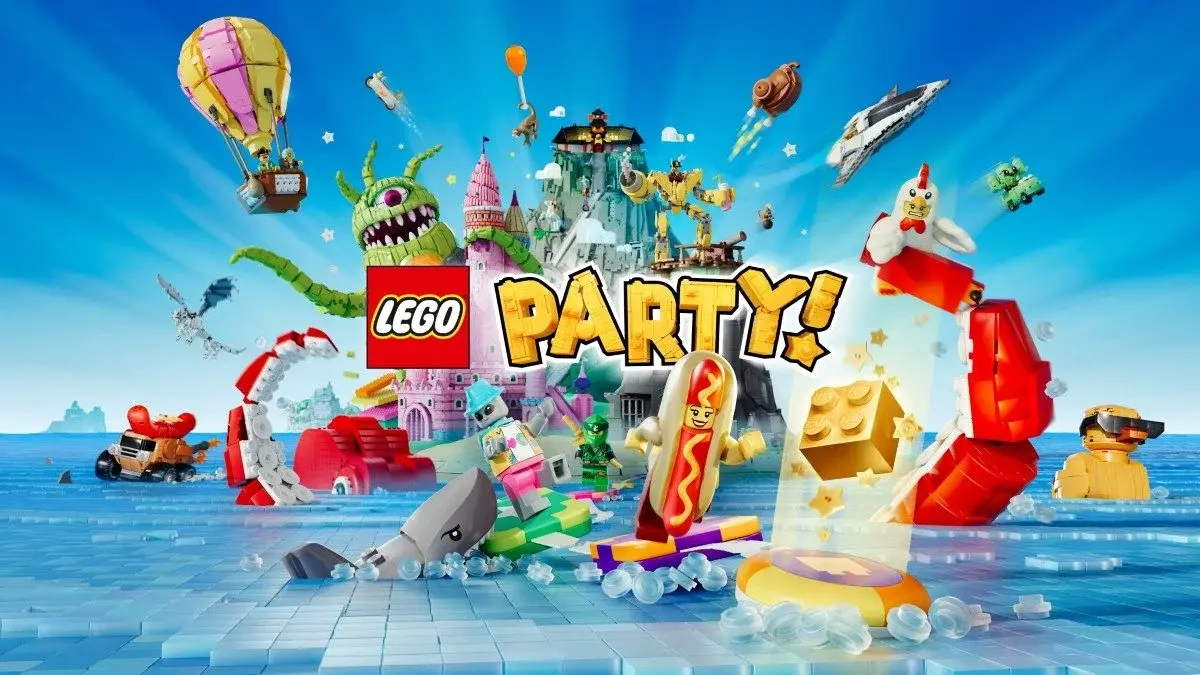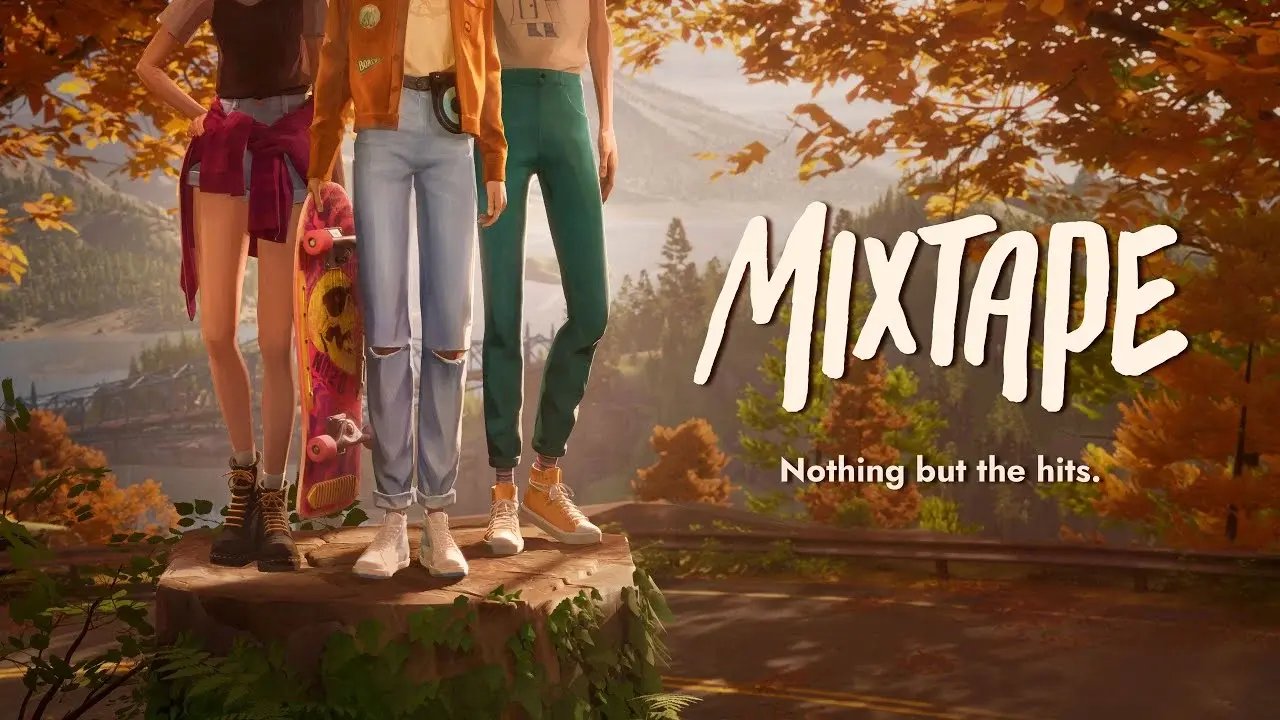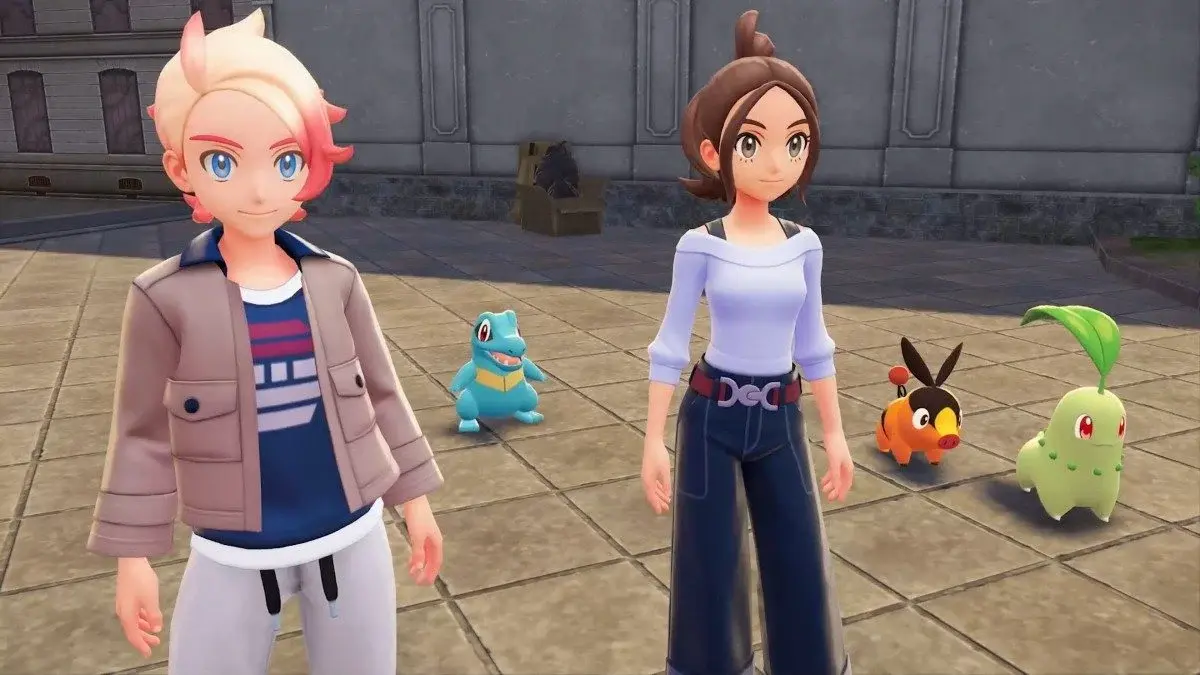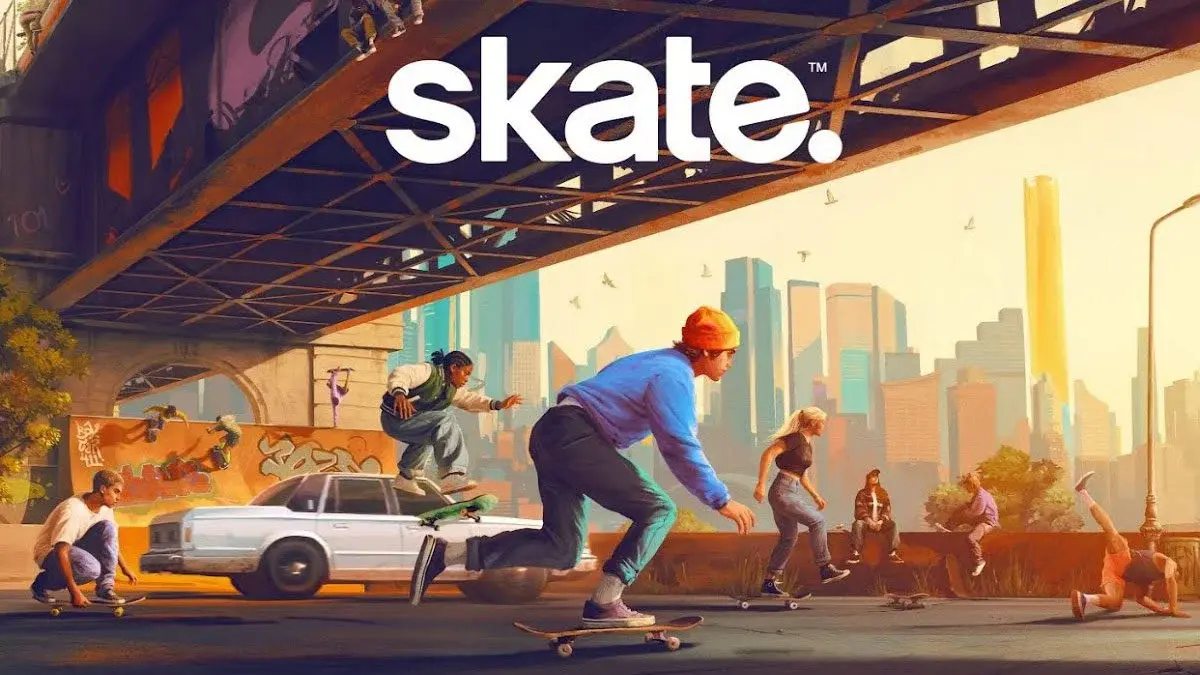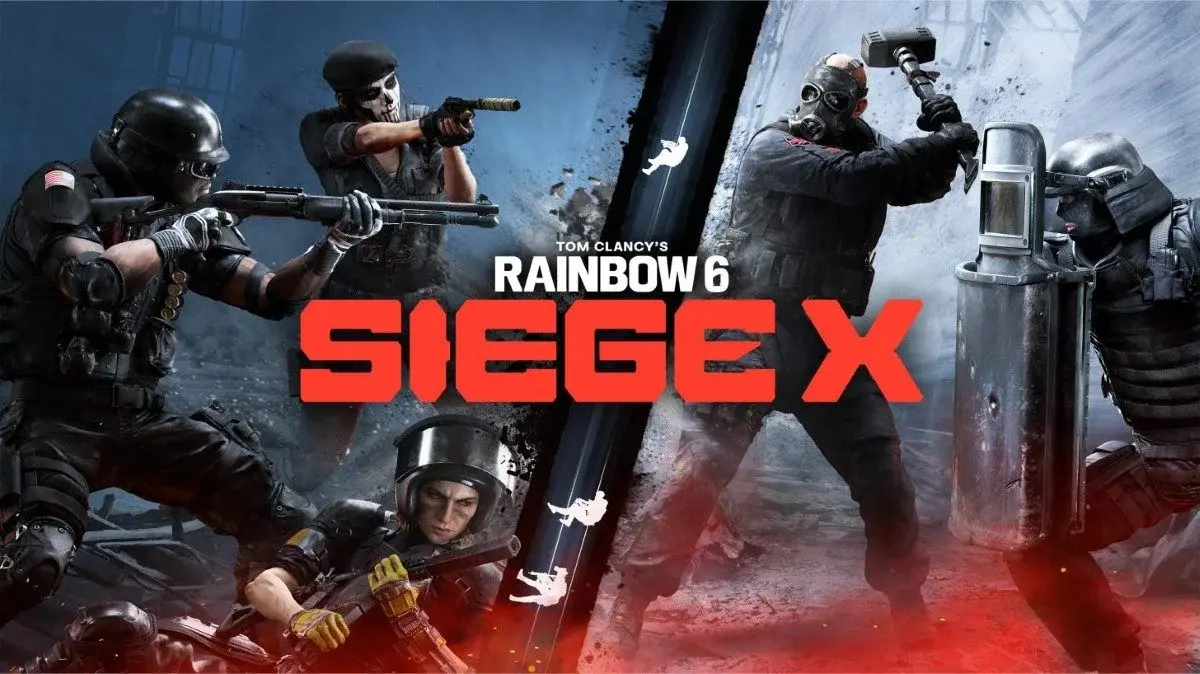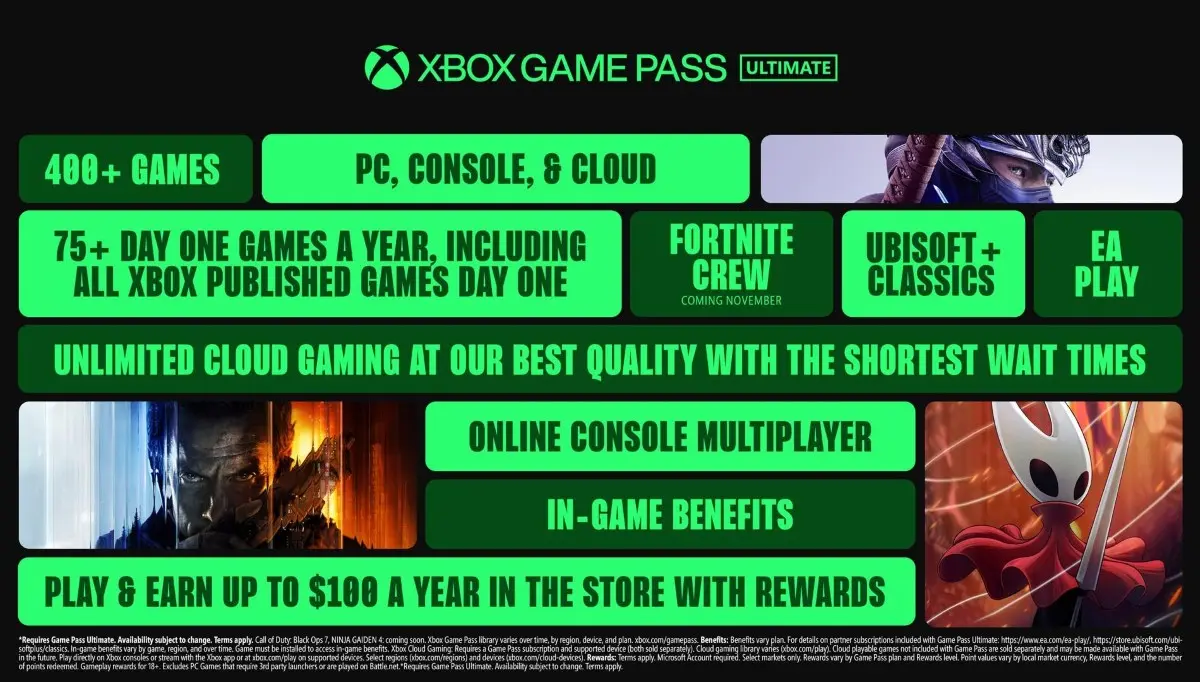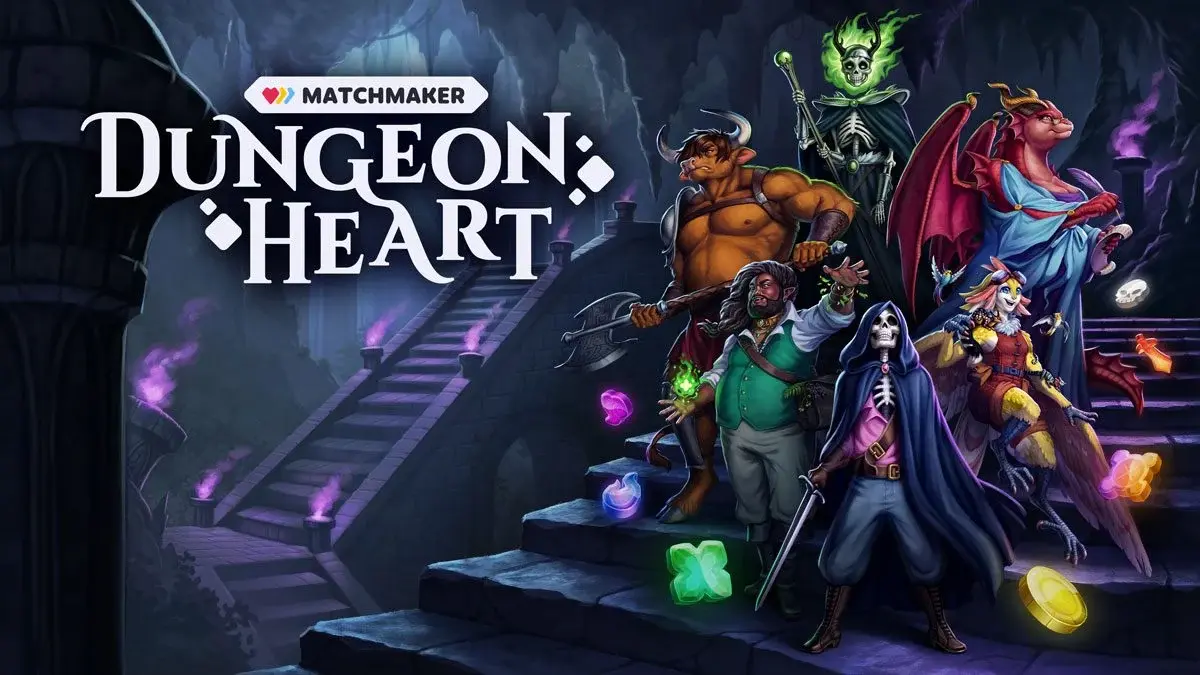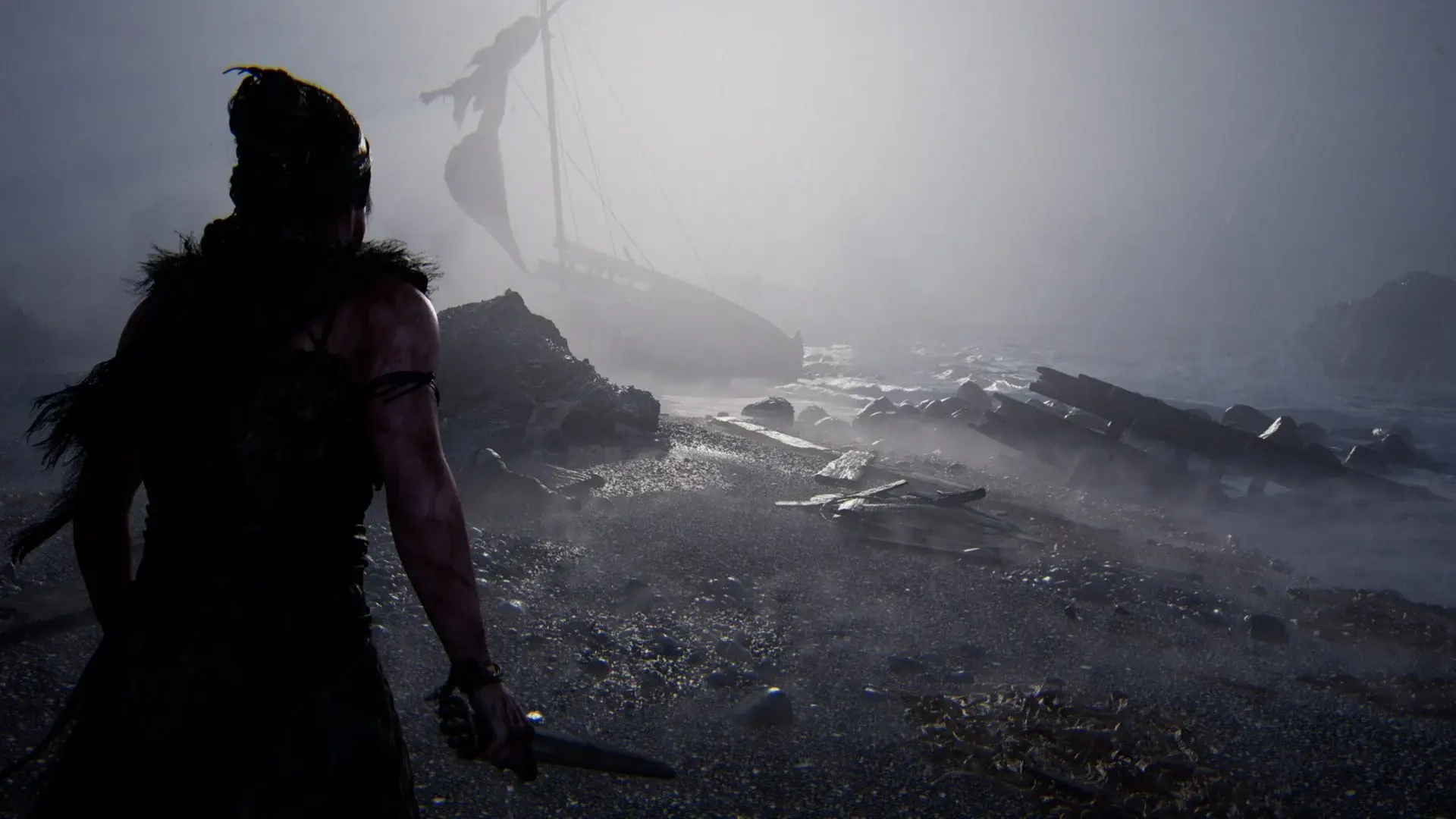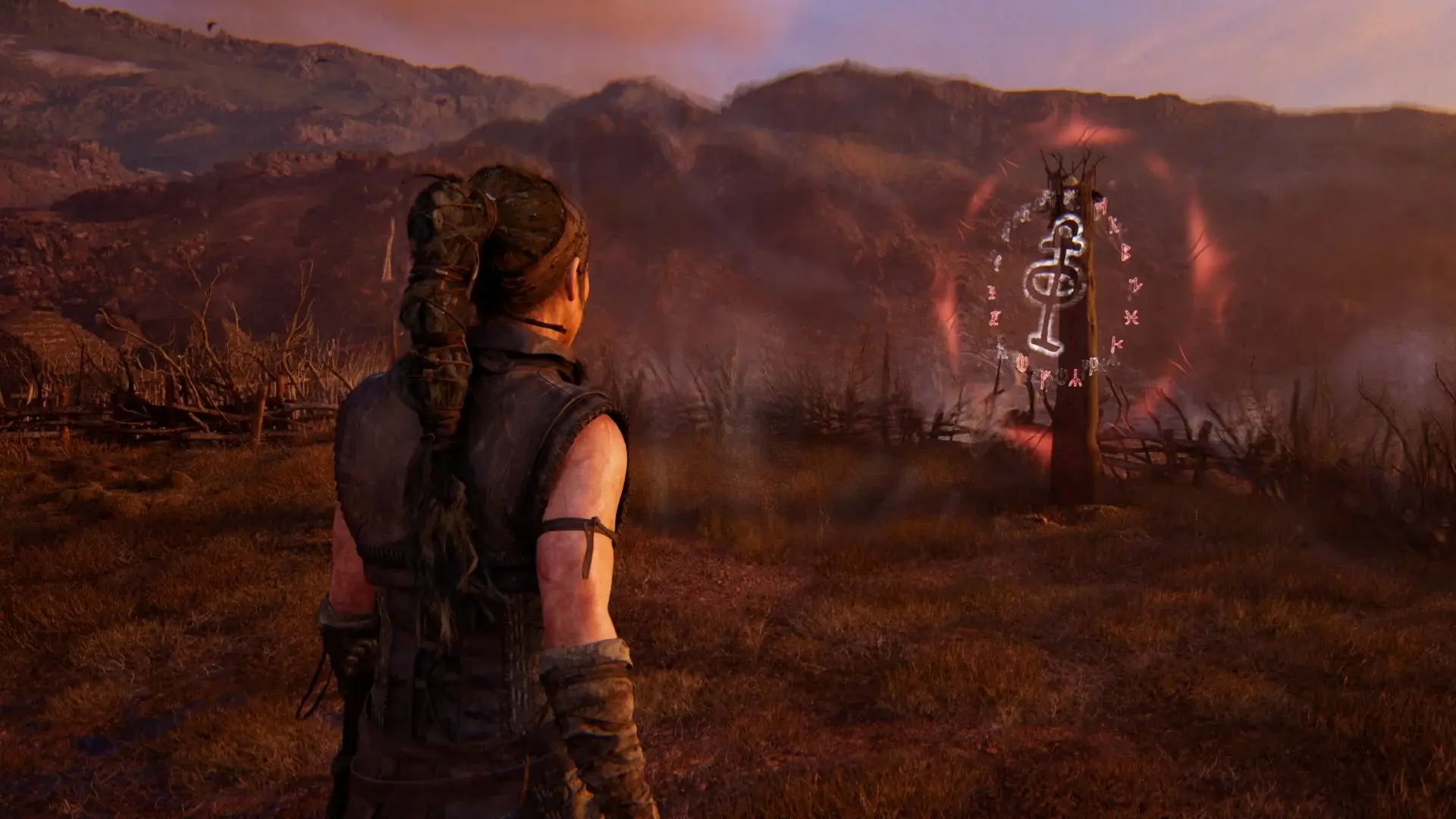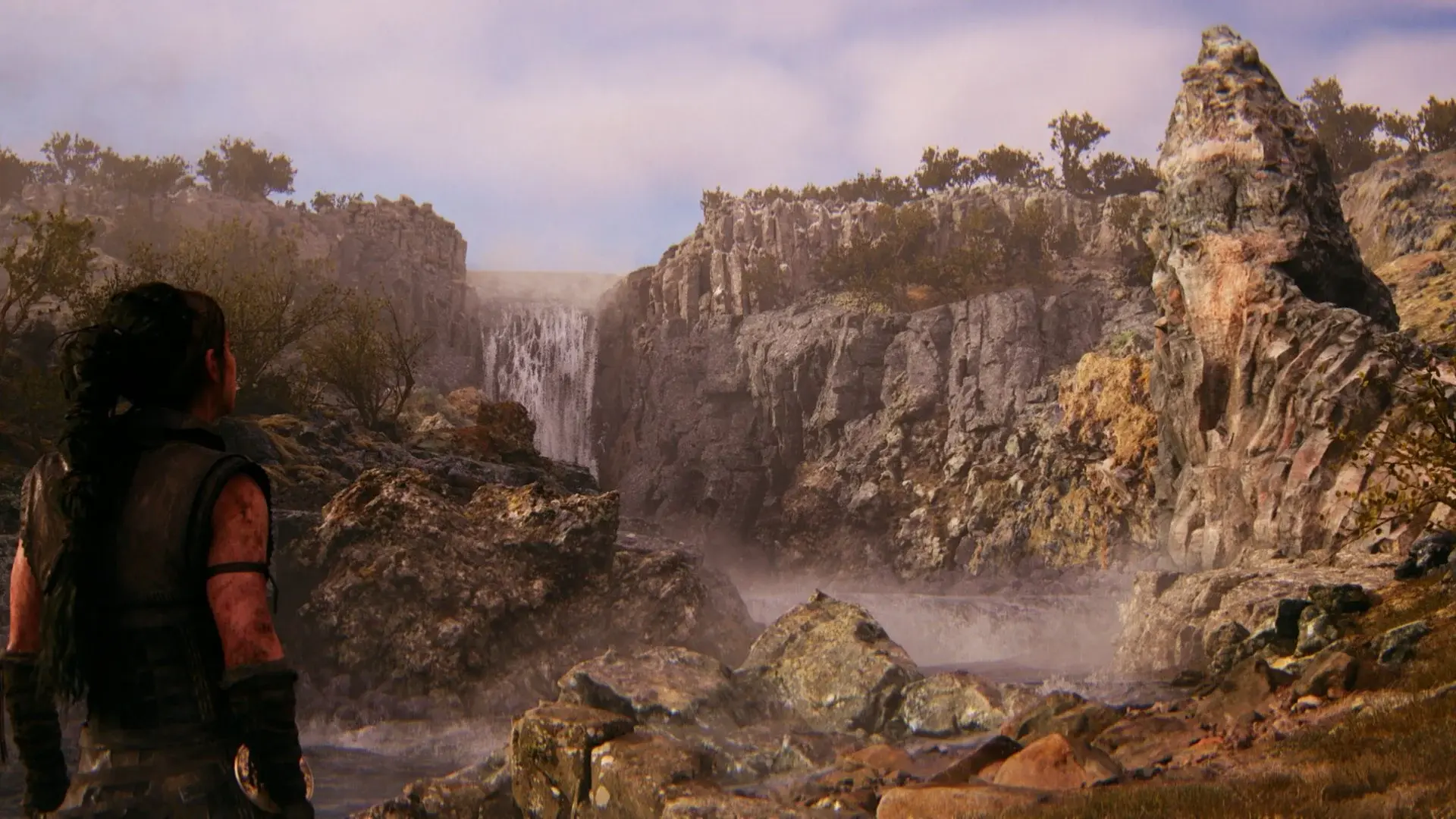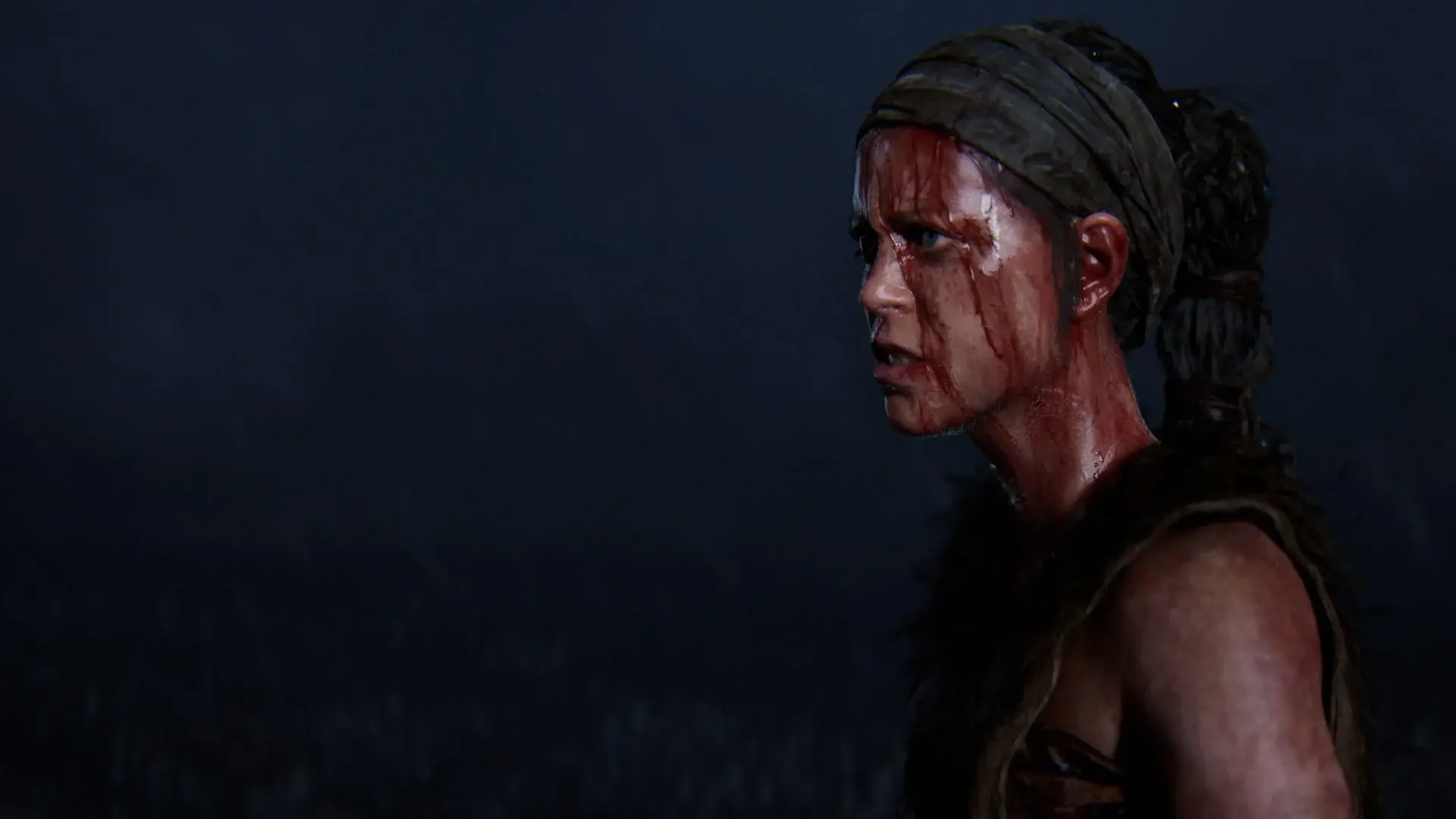A masterpiece of madness.
I can’t emphasise enough how much I enjoyed the first Hellblade game. It was clear from the opening minutes of Ninja Theory’s 2017 title that every individual component of Senua’s Sacrifice was given just as much love and attention as it deserved.
A game from a (then) independent studio — while short– it featured all the production value of a triple-A title from a multimillion-dollar studio with hundreds of staff. It’s hard to believe that the game was made by around twenty people. Understandably, it wasn’t for everyone but it was without a doubt a sleeper hit.
Stevivor didn’t review Senua’s Sacrifice when it released, though we did give it our Indie Game of the Year award for 2017. Though much more prestigious are the nine BAFTA nominations it received, with five wins and five game of the year nominations with three wins. Clearly, the first Hellblade was something special.
Senua’s Saga Hellblade 2 ups the ante tenfold. Despite being under the wing of Microsoft and no longer an independent studio, it’s clear that the team at Ninja Theory — now around 80 staff — has maintained its creative licence and built a sequel that Senua deserves. Detractors will argue that from a gameplay perspective it’s a bit of a “walk ‘em up” title; like the first in the franchise, Hellblade 2 is less of a game and more of a digital experience that everyone should try.

The saga begins with Senua captured and onboard a slaver ship. Far from her home and in the middle of a severe storm that destroys her captor’s boat, Senua washes up on shore, freezing, exhausted, and barely alive. Immediately it becomes clear that Senua is no overpowered superhero. She’s as frail as the rest of us, though her true strength comes from her sheer will to survive.
Screaming in pain, she wills herself to get up and move forward. This is her first goal. And from this point her willpower and her flawed humanity remains on display for the whole 10-12 hour campaign. Senua soon learns that the land upon which she finds herself is being terrorised by giants. By day the giants rest in the shadows; by night they emerge, destroying homes, killing villagers and livestock. It’s believed these giants are impossible to kill. Though having killed an actual god in her past, Senua steps up to try and destroy these massive beasts in a bid to bring peace to this foreign land, and her own home.
Senua’s psychosis once again plays a big role in story development in Hellblade 2. This time around, it’s obvious Senua has learned to live with the voices in her head to an extent, or to at least accept them for what they are. While the always disturbing voice of her father continues to haunt, discourage, and torture her mind, the other voices are less intrusive. They’re more like a scattered and broken inner monologue. Senua has most certainly grown since the events of the first Hellblade.
Gameplay consists largely of following a predetermined path over cliffs, through caves, and along beaches whilst completing basic puzzles and surviving combat arenas. Many of the puzzles faced in Hellblade 2 are quite similar to those in the first game. Areas blocked off by rune gates require Senua to find a corresponding symbol in the world which can only be seen from the right angle. Others introduce new game mechanics such as orbs that act as switches to manipulate the terrain around you, or even portals that have Senua passing objects to herself in the past or future.
Overall, the puzzles offer very little challenge. Rather than forcing the player to stop and think about what to do next or in what order to complete each task, they seem to practically solve themselves through natural progression. Throughout the whole campaign, I only found myself stuck once and this was not because the puzzle I was stuck on was challenging. Instead, it was because I totally ignored a glaringly obvious path to the next step in the sequence.
I also couldn’t help but notice that puzzles lack the originality of those found in the first game. I remember marvelling at the cleverness of the portal puzzles in Senua’s Sacrifice; in Hellblade 2 the most unique puzzle mechanic involves lighting or extinguishing braziers in order to keep certain enemies away.
In combat, Senua is a brutal yet calculated warrior. Like the first game, entering combat areas results in Senua drawing her sword and fighting one enemy at a time. Combining heavy and light attacks, blocks, and dodges is fluid, challenging and satisfying.
Your primary enemies, called Draugar, are relentless and have a number of variants with unique attacks from basic sword swings, to throwing axes and spears, and even breathing fire. Learning their moves and reading their tells is challenging but incredibly satisfying. While combat is always a one-on-one affair, it’s also a tense, action-packed, and cinematic experience.
Senua transitions between enemies with randomised scenes where she fights off multiple enemies at once, rescues others in battle with her, or taunts her next opponent. In a single playthrough these are so rarely repeated you’ll barely notice, which makes each engagement thoroughly entertaining.
While you’re taught nothing about controls, blocking enemy attacks can be easy, but timing the block just right grants a power boost to Senua’s trusty mirror. This allows her to briefly slow down the world around her for some easy successive hits. This feels a little overpowered on occasion but most of the time it brings a much-needed reprieve when on the brink of death.
In addition to puzzles and fights, snippets of lore can be located around the world in the form of Lorestangir which Google translate tells me is Icelandic for “Lore Bars”, and faces hidden in rocks. While the Lore Bars are simply wooden poles in the ground with runes carved into them, the rock faces are always a pleasure to find. Most often they’re tucked away in subtle spots that can be easily missed if you’re not actively looking for them — though when you see them, you can’t unsee them.
Once found, using Senua’s focus ability reveals hidden tunnels or pathways behind the faces in an almost optical illusion transition which never gets old no matter how many times you see it happen. This just scratches the surface of how much of a joy it is to observe the world Ninja Theory has created.
I’m almost embarrassed to think about how much time I spent enjoying the visual fidelity in a digital representation of a rock. The world in Hellblade 2 is gritty, mountainous and rocky. It’s as close to photo realism as I’ve seen in a game and it’s truly spectacular.
The same applies to the character models and animations. It’s no exaggeration to say that from the first minute of Senua’s Saga to the last I was blown away and often in disbelief with what I was seeing. So much so that I often found myself becoming distracted with the feature-rich photo mode. I frequently used it to check out the tiniest of details such as the realism of the scars on Senua’s face, or the way her eyelashes are realistically placed.
After playing Senua’s Saga for the past few days, every other game looks like it’s aged 10 years. Despite the world being made up of linear pathways, and the characters being — well, characters — this by far is the most believable and realistic video game I’ve seen in my years.
Of course the believability is largely thanks to the excellent performances of the entire cast. Melina Juergens’ Senua reeks of tenacity and contrasting vulnerability that is so genuine you’ll cheer Senua on with each challenge she overcomes both on the battlefield and during the battles that rage inside her mind.
Jeurgens is, of course, complimented by a number of other excellent voice actors though none are more exemplary than Aldís Amah Hamilton and her portrayal of Ástríðr. On the surface, Ástríðr is a battle-worn warrior, though at times Hamilton’s performance delivers perfectly timed subtleties that make her character seem just as desperate as Senua.
For her role in the first Hellblade, Juergens was awarded a BAFTA and a Game Award for best performer. She’s going to do it again… though if she doesn’t, the gong will be going to Hamilton.
Senua’s Saga Hellblade 2 is a video game only on its surface. Scratch that away and you’ll see that it’s a deep, thought-provoking, interactive experience; it proves games as a form of art, demanding skill and talent. Ninja Theory should be very proud.
Senua’s Saga Hellblade 2 was reviewed using a promotional code on Windows PC via the Microsoft Store, as provided by the publisher. Click here to learn more about Stevivor’s scoring scale. This post was originally published on 21 May 2024, and has been republished to coincide with the title’s PS5 release.
 |
Senua's Saga Hellblade 221 May 2024 (PC, Xbox), 12 August 2025 (PS5)PC PS5 Xbox Series S & X
|
This article may contain affiliate links, meaning we could earn a small commission if you click-through and make a purchase. Stevivor is an independent outlet and our journalism is in no way influenced by any advertiser or commercial initiative.

